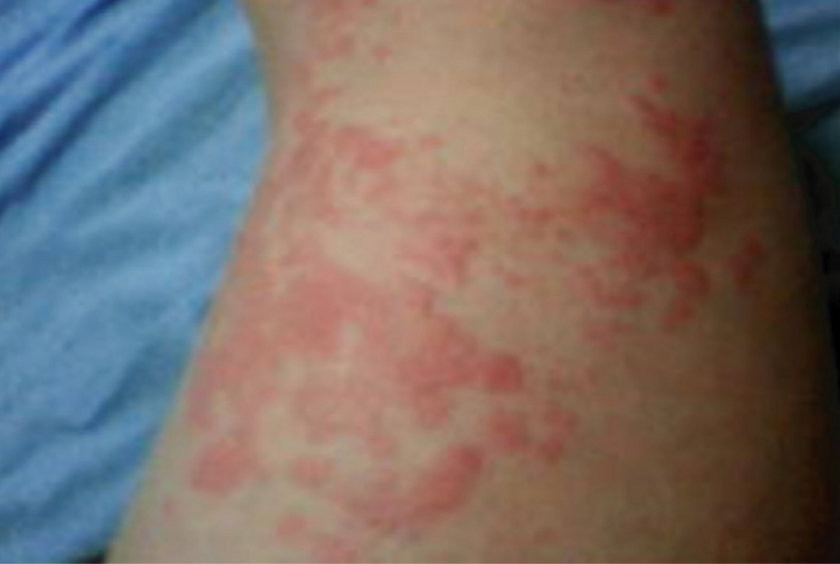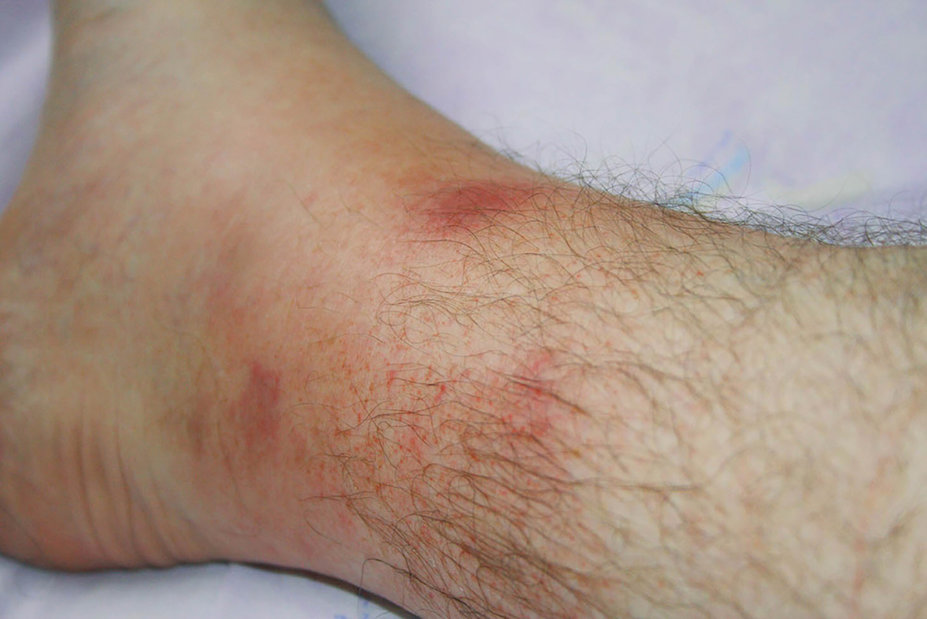![[Left] Man finding a lucky penny. [Right] Man contemplating the luck a penny will bring him.](https://usim.beprod.ilarishcp.com/sites/ilarishcp_com/files/styles/hero_full_width_width_2560/public/2024-09/man-with-coin-desktop.jpg?itok=vCGAOLov)
Familial Mediterranean Fever (FMF)
Not an actual patient. Individual results will vary.
FMF is hereditary and can emerge from early childhood to adulthood1-6
| Attribute | Details |
| Cutaneous findings |
|
| Predominant ethnic distribution | Turkish, Armenian, Arab, Jewish, Italian |
| Worldwide prevalence or number of cases | 1 to 5 in 10,000 |
| Typical age at onset | <20 years |
| Duration of attacks | 12 hours to 3 days |
| Frequency of attacks | Irregular; once per week to once every 5 to 10 years |
| Gene mutation | MEFV |
| Inheritance | Autosomal recessive |
| Other select clinical features |
|
| High serology | Increase in CRP, ESR, and SAA |
Top image credit: Reproduced with permission from Hayato Tsuruma et al. An adult case of atypical familial Mediterranean fever (pyrin-associated autoinflammatory disease) similar to adult-onset Still’s disease, Clin Case Rep. 2019;7(4):2. Figure 1A.
Bottom image credit: Reproduced with permission from Emedmd.com.
References 1. Hoffman HM, Simon A. Recurrent febrile syndromes—what a rheumatologist needs to know. Nat Rev Rheumatol. 2009;5(5):249-256. doi:10.1038/nrrheum.2009.40 2. Zadeh N, Getzug T, Grody WW. Diagnosis and management of familial Mediterranean fever: integrating medical genetics in a dedicated interdisciplinary clinic. Genet Med. 2011;13(3):263-269. doi:10.1097/GIM.0b013e31820e27b1 3. Samuels J, Aksentijevich I, Torosyan Y, et al. Familial Mediterranean fever at the millennium. Clinical spectrum, ancient mutations, and a survey of 100 American referrals to the National Institutes of Health. Medicine (Baltimore). 1998;77(4):268-297. doi:10.1097/00005792-199807000-00005 4. Kastner DL. Hereditary periodic fever syndromes. Hematology Am Soc Hematol Educ Program. 2005;(1):74-81. doi:10.1182/asheducation-2005.1.74 5. Ciccarelli F, De Martinis M, Ginaldi L. An update on autoinflammatory diseases. Curr Med Chem. 2014;21(3):261-269. doi:10.2174/09298673113206660303 6. Barron KS, Kastner DL. Periodic fever syndromes and other inherited autoinflammatory diseases. In: Petty RE, Laxer RM, Lindsley CB, Wedderburn LR, eds. Textbook of Pediatric Rheumatology. 7th ed. Elsevier; 2016:609-626.


